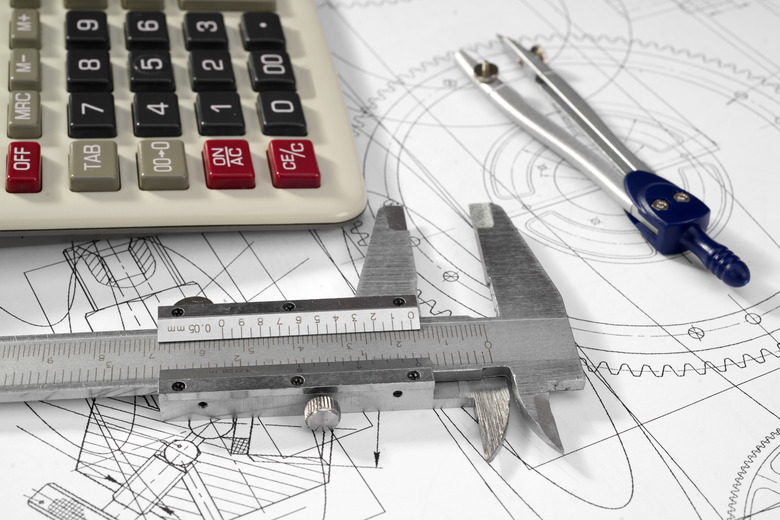How To Calculate The Area Of An Oval
In mathematical terms, an oval – a shape that looks like a lengthened or squashed circle – is called an ellipse. This means you can use the area formula for an ellipse to find an oval's area. The area of an ellipse is based on half the lengths of the longest and shortest axes that pass through its center.
Axes of an Ellipse
Axes of an Ellipse
The axis of an ellipse is a line that passes through the ellipse's center and connects two points on opposite sides of the ellipse's edge. An ellipse's major axis is the longest axis of the ellipse. In other words, it measures the longest length of the ellipse. The minor axis is the shortest axis of the ellipse. The minor axis of the ellipse will always be perpendicular to the major axis. If you draw both the minor and major axis inside an ellipse, they will form a cross shape. You can think of the major and minor axis of an ellipse as the ellipse's length and width.
Area of an Ellipse
Area of an Ellipse
The area of an ellipse can be calculated by multiplying the half the length of the major axis by half the length of the minor axis, then multiplying by π. Pi is a constant used in equations involving circles, and is always equal to the same value – approximately 3.14 – though it can be extended to an infinite number of decimal places. So the formula for ellipse area is
\(A=\pi\times \frac{\text{major axis}}{2}\times \frac{\text{minor axis}}{2}\)
Calculating Area
1. Determine Major & Minor Axes
Find the length of the ellipse's major and minor axes. The major axis is the line passing through the widest part of the ellipse; the minor axis passes through the narrowest part.
2. Calculate Area
Calculate the area using the formula. For example, an ellipse has a major axis of 10 inches and a minor axis of 6 inches. The area is
\(A=\pi\times \frac{10}{2}\times \frac{6}{2}=47.1\text{ square inches}\)
References
Cite This Article
MLA
Zamboni, Jon. "How To Calculate The Area Of An Oval" sciencing.com, https://www.sciencing.com/calculate-area-oval-4760748/. 21 December 2020.
APA
Zamboni, Jon. (2020, December 21). How To Calculate The Area Of An Oval. sciencing.com. Retrieved from https://www.sciencing.com/calculate-area-oval-4760748/
Chicago
Zamboni, Jon. How To Calculate The Area Of An Oval last modified August 30, 2022. https://www.sciencing.com/calculate-area-oval-4760748/
